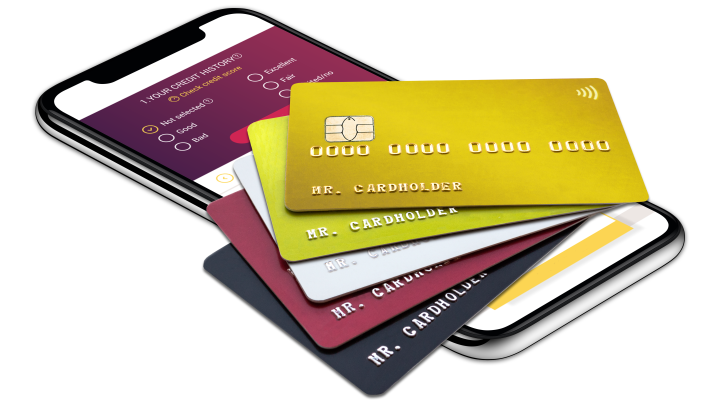The content on this page is accurate as of the posting date; however, some of the offers mentioned may have expired.

The Federal Reserve approved the third cut of interest rates this year. Its benchmark rate was lowered by a quarter point.
The federal funds rate affects the cost of mortgages, car loans, credit cards and other borrowing. For the time being it will be in the range between 1.5% and 1.75%. It is not clear yet whether there will be other cuts or not. Fed officials avoided giving certain projections, but they still left some room open for further rate cuts.
While uncertainty about future rates cuts remains, Federal Reserve Chairman Jerome Powell said he doesn't believe the Fed is about to start raising rates anytime soon.
"We would need to see a really significant move up in inflation ... before we would consider raising rates to address inflation concerns," Powell said.
All these interest rates cuts are meant to boost the economy, but what does it mean to Americans? On the one hand, it means lower credit rates for loans and credit cards with variable rates. But on the other hand, it means lower deposit rates for savers.
Variable rates directly connected to the Fed's benchmark rate and if the last goes down, the first will follow. Thus, credit cards with variable interest rates will have their interest rates lowered by 0.25% within a billing cycle or two.
While lower credit card interest rates should mean cheaper credit card debt, it will most likely continue being expensive as APRs are still rather high.
The credit card APRs decrease may cause another unwanted effect - zero-interest balance transfer offers may not be as attractive as they are now. So, if you want real savings, it may be worth considering balance transfer options now.






